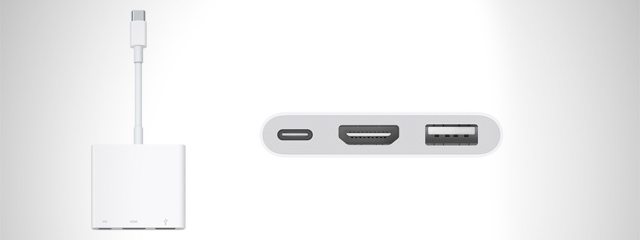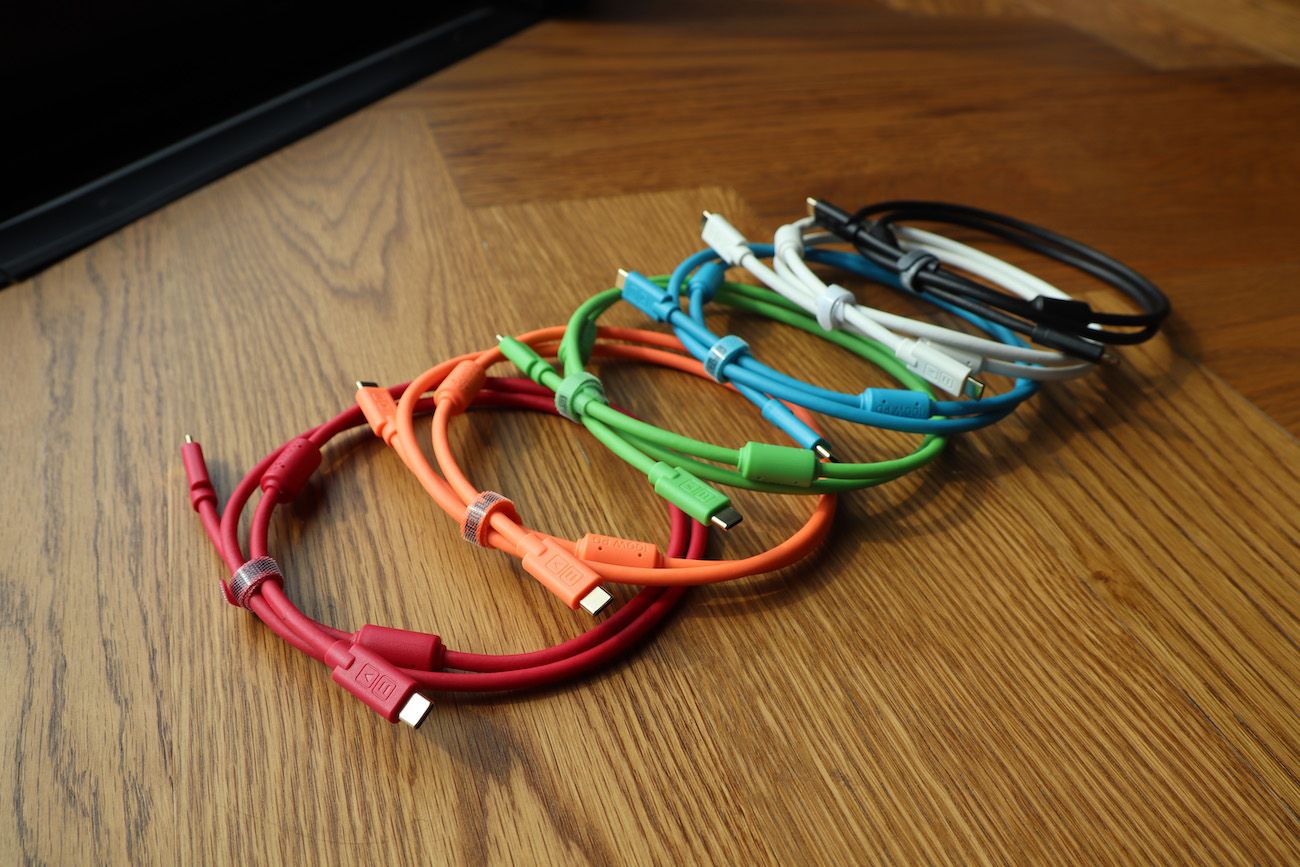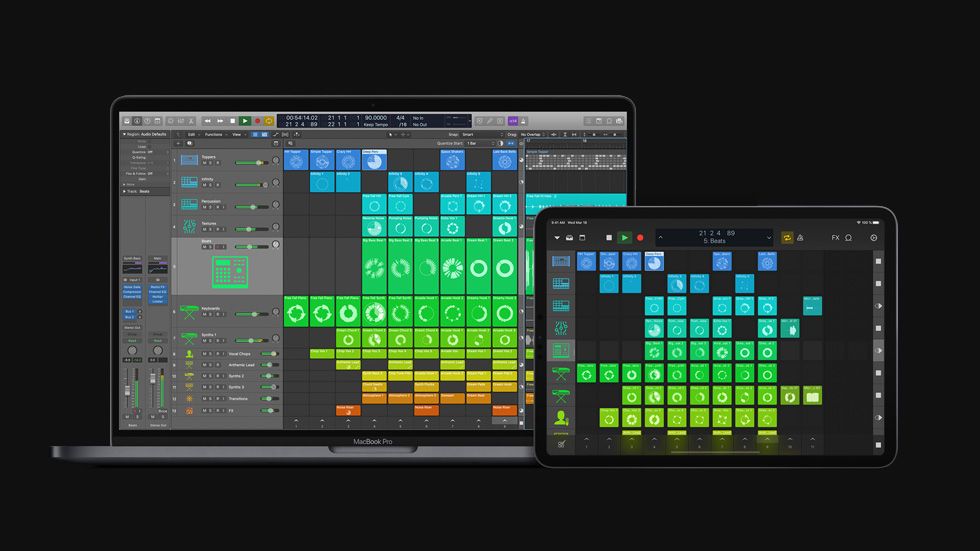Apple has unveiled a new set of Macbooks that are incredibly thin, come in three different metallic colors, but also only sport a single USB-C port that acts as a dual conduit for data and charging. Here’s a few reasons why DJs eyeing a Mac should hold out for upgrades to the Macbook Pro line and avoid this flashy line of notebooks altogether:
SINGLE PORT FOR EVERYTHING – INCLUDING CHARGING

Welcome to the single port life. Apple has merged all the I/O on the computer into one single USB-C port, which many tech blogs are claiming will become as ubiquitous as the current generation of USB is in the next few years. This port includes power to the laptop itself, so without an $80 dongle (more on that below) you’re limited to one hardware peripheral at a time. Also no USB Type A port (what most computers currently have) means that all of your USB DJ devices and flash drives will require an adapter just to get connected.
NO REDUNDANCY: DONGLES FAIL + GET LOST

Here’s the $79 adapter dongle that you’ll need to buy if you want to split the single USB-C port into more usable subdivisions – USB-C for power, HDMI for external monitors, and a single USB 3.0 port for everything else. So for typical digital DJ, this will mean at least one more layer before plugging into soundcards and controllers – a USB hub. This turns a beautiful laptop into a machine with a mess of dongles and hubs connected to one side – not appealing especially in a DJ booth situation.
This also means there’s zero redundancy – something that no digital DJ should ever want. This style of dongles (specifically DisplayPort and Thunderbolt adapters) is notorious for fraying and eventually failing entirely under normal use. What happens if your only connection to controllers and audio is severed in one swoop, or you leave your dongle at the hotel? There’s no way to even just make do with a single USB 3.0 slot, because there isn’t one. The dongle is not a professional solution and feels fraught with danger for performers.
STORAGE LIMITATIONS

The new Apple Macbook also has limited onboard flash storage – and since there likely won’t be USB-C drives out of the gate, we can assume that any external drive will have to go through the same dongle adapter situation. The default Macbook will come with just 256 GB of storage, upgradable to 512 GB – which are PCIe based and flash, so it’ll be snappy, but anyone with a large DJ library will rapidly find themselves running out of space quickly.
THUNDERBOLT: MISSING IN ACTION

It seems relatively recently that we saw the introduction of Thunderbolt on Apple computers (we first saw it in 2011), but it hasn’t been until the last year or two that hardware manufacturers in the music industry have actually started incorporating the technology into production tools. If this is the sign of things to come, Thunderbolt might become the next Firewire – a technology of the past that almost never had a chance to take off in our industry.
Note that there’s also no Thunderbolt on the adapter dongle – Apple opts for HDMI and USB 3.0 instead.
SKIP THIS ROUND
So the basic conclusion here is that despite the amazing battery life and great design on these new Apple machines, they’re just not suitable for DJ use. It seems like the Pro line will continue to be the best solution for most DJs and producers, which isn’t especially great considering the increased price points of that line. Apple certainly isn’t abandoning their Pro users, but it seems like they’ve figured out where they can make the most money: prosumer Macbooks.









